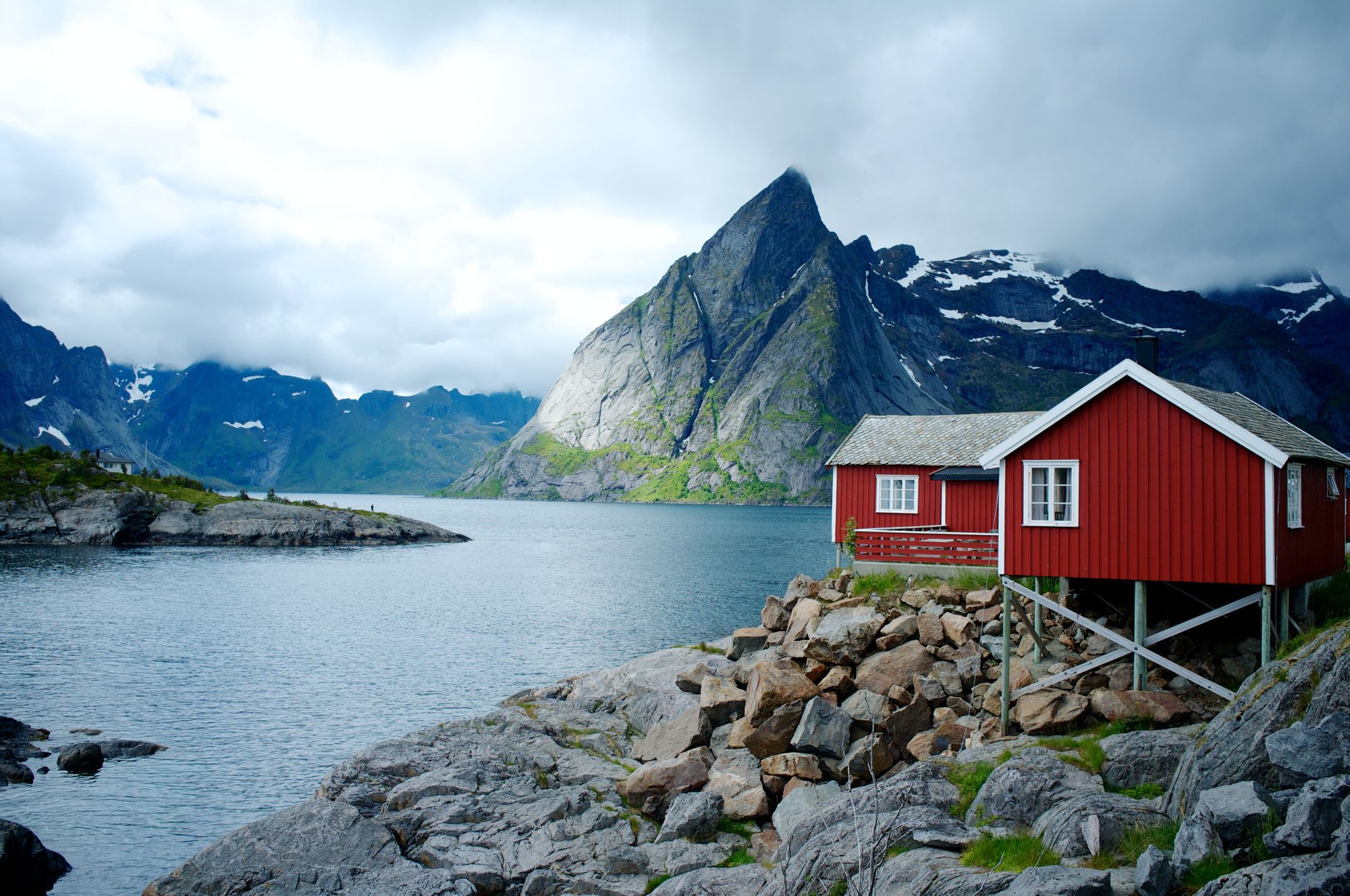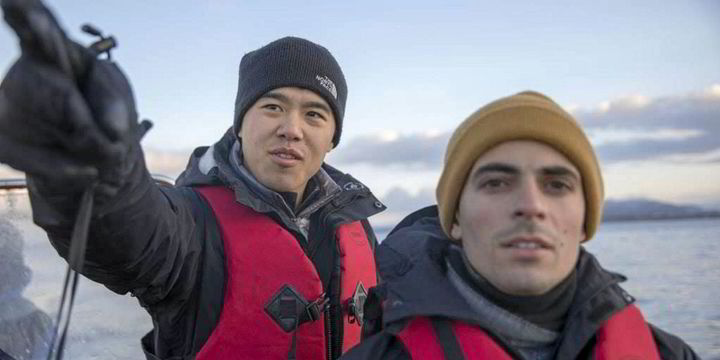Norway aquaculture's environmental ratings remain high, despite growth
Norway has the most advanced environmental monitoring in the world of aquaculture. Now, how can it improve?

Manolin's analysis shows that Norwegian aquaculture production has grown by about one-third since 2012, but its environmental impact ratings have remained consistent.
According to total biomass numbers reported in December of each year, production has increased by roughly 30% since 2012.
Based on Norway’s environmental monitoring and management system, MOM (Modelling–Ongrowing fish farms–Monitoring), we found that the proportion of Norwegian farms between each of the categories (1 being best, and 4 being worst) has stayed consistent over this time.
Generally, the majority of Norway's farms are rated with the best score (1), around one-third fall into the second-best rating (2), and no more than 2% receive the worst rating (4) in any given year.
Norway has the most advanced environmental monitoring in the world of aquaculture. Now, how can the industry use its data to go further and continue to improve?
This analysis was covered on Intrafish.no this week. Click below to read it in Norwegian 👇🏻
 Ruth Mari Skulbru (r_skulbru)
Intrafish.no | De siste nyhetene om oppdrettsnæringen.
Ruth Mari Skulbru (r_skulbru)
Intrafish.no | De siste nyhetene om oppdrettsnæringen.

For more data, content, and insights, subscribe to Manolin’s newsletter. Interested in working with us to help fuel aquaculture sustainability? Get in touch here.